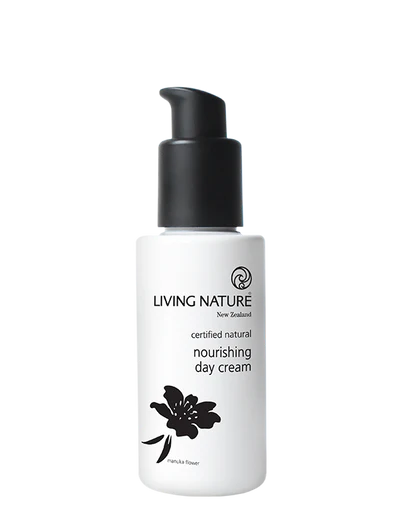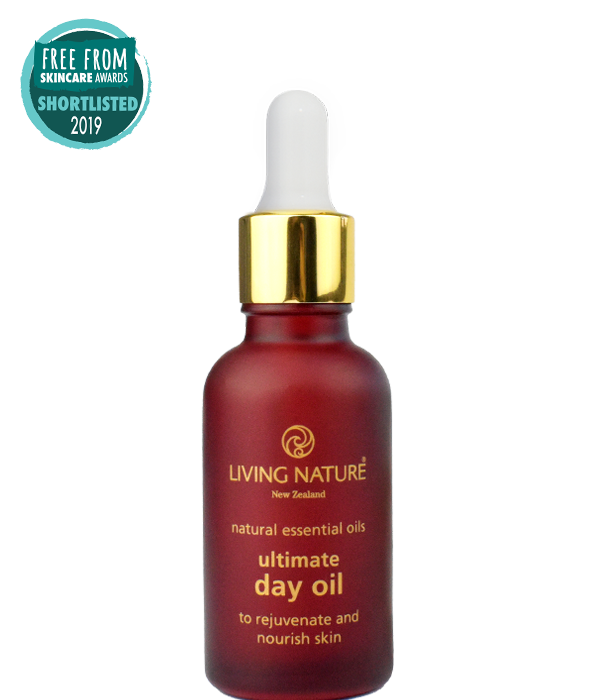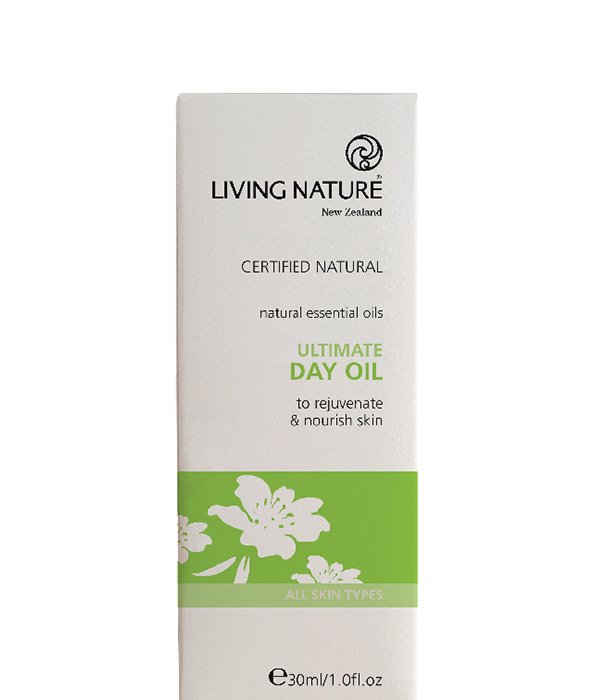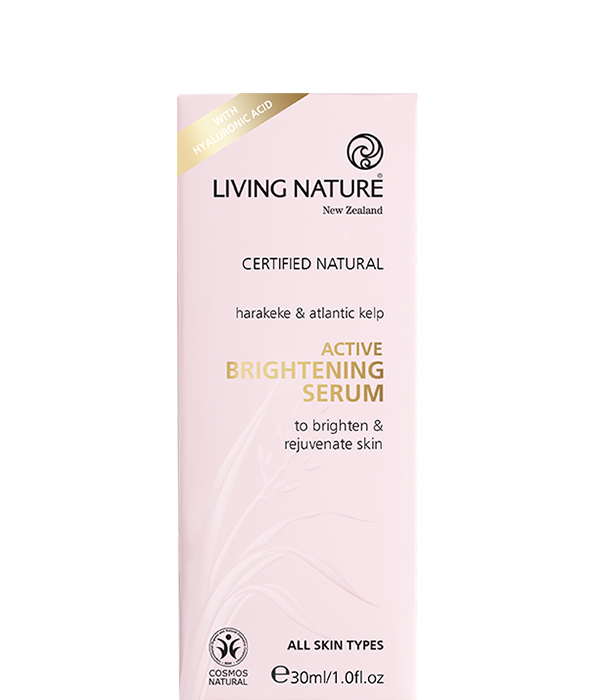Rose & Hibiscus Facial Clay Mask is good for dry, sensitive or maturing skin.
We created our Rose & Hibiscus Clay Mask to cater to sensitive skin. The ingredients in this lovely floral blend gently draw out impurities while they soothe and soften skin. Give your skin a little TLC and allow our bouquet of botanical to purify, nourish and restore your complexion.
About 8 to 12 uses per 4 fl oz jar
FRENCH PINK or ROSE KAOLIN CLAY– With the properties of both white and red kaolin, Pink Clay can be the ideal balance for those with sensitive skin that may have a bit excess oil and needs gentle exfoliation. Since Kaolin clay do not draw oil like other clays, they are also ideal for dry and dehydrated skin. Supplying skin with a boost of natural minerals, French Pink Clay provides the nourishment it needs to function well and retain moisture. Excellent for improving elasticity, cell renewal, and skin rejuvenation.
ORGANIC ROSE PETALS – Chock full of antioxidants, powdered Rose Petals refresh skin naturally. Suitable for all skin types, they can help tighten and shrink large pores and aid in cleansing and toning. Rose petals help hydrate by trapping moisture in the skin which can help soothe dry and sensitive skin making it soft, fresh and glowing. Its natural toning properties are ideal for uneven skin tone and pigmentation issues.
ORGANIC HIBISCUS– Known in the skin-care community as the “Botox plant”, powdered Hibiscus may help combat saggy, wrinkled skin by blocking the enzyme responsible for the breakdown of connective tissue. Because of its high mucilage content, Hibiscus helps skin maintain a youthful appearance by enhancing its ability to retain moisture. Anti-inflammatory properties help soothe inflamed skin, making Hibiscus a suitable ingredient for those with very sensitive skin.
How to use: Creating an application technique that works for your skin will get you one step closer to a beautiful complexion.
Mixing The Clay
Step 1: Start with approx 1/2 to 1 Tablespoon of clay in a clay face mask bowl or any small non-metal bowl.
Step 2: Slowly add 1/4 teaspoon of room temperature or warm water and mix with a non-metal spoon.
Step 3: Continue adding small amounts of water and mixing until a creamy mud-like consistency is reached. Some clay need more water and some need less, so always begin with just a little water and continue to check the consistency. Be sure to mix well to a smooth clay paste.



















Reviews
There are no reviews yet.